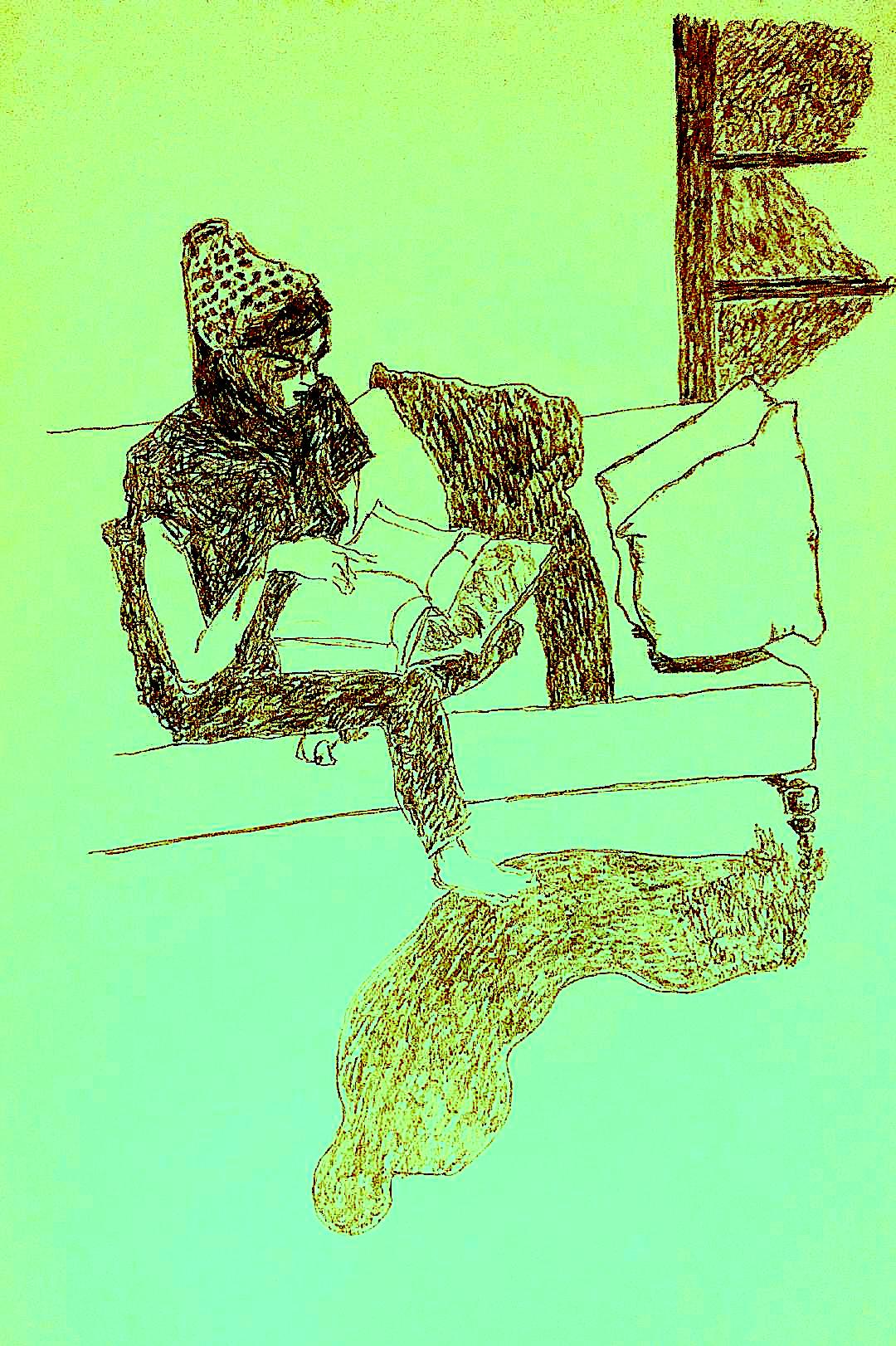Note on Philosophical Perspectives by Wilfred Sellars(5): Classes and the Russell Paradox


The next essay is on classes and the Russell paradox. Sellars asks what we mean when we talk about classes and sets, and how to avoid the contradiction that Russell discovered. The method is the same as before. Look closely at how our words work in practice, identify the roles they play in explanation and inference, then decide what we are committed to.
A town council can be spoken of as one, the council met at six. The same group can be spoken of as many, the councillors argued for two hours. Russell called this the difference between classes as ones and classes as manys. The switch is merely grammatical, not metaphysical. We use a singular turn of phrase when we need a single subject for a verb like met, and we use a plural turn when we describe the members acting. Football talk makes this vivid. We say the defence held firm, and we also say the defenders marked tightly. There is no need to multiply entities. We are shifting between two ways of speaking about one group. Sellars treats much class talk this way. He ties it to how expressions function in our language rather than to a separate realm of abstract objects.
Now to the paradox. In naïve set talk we are tempted by a sweeping rule. For any condition, there is the set of all and only the things that satisfy it. Russell showed that this rule cannot be right. Consider the set of all sets that are not members of themselves. If that set is a member of itself, then by definition it should not be. If it is not a member of itself, then by definition it should be. We have a contradiction. The moral is that unrestricted rules for forming sets lead to trouble. Good set theories avoid the trap by restricting how sets are formed, or by organising talk into types so that an expression cannot turn back on itself in the wrong way.
Think of library catalogues. The science catalogue lists all science books. The poetry catalogue lists all poetry books. Now someone suggests a special catalogue that lists every catalogue that does not list itself. Should the special catalogue list itself. If it does, then it belongs on its own pages, which means it lists itself, which means it should not be on its own pages. If it does not, then it fails to list one catalogue that it should list, itself, which means it should be on its own pages. The fault is not with catalogues. It is with the rule that tried to make a catalogue of all the catalogues that do not list themselves. Russell’s insight is the same. Where an expression loops back on itself with no control, contradiction appears.
Sellars’ contribution is to connect this to his metalinguistic way with abstracta. When we talk about classes we often talk about how words group things. The class of dogs is what the word dog correctly applies to, given the rules of our practice. On this way of speaking, membership is a matter of application under rules, not a mysterious relation to a ghostly object. The work is done by the linguistic practice that tells us how to apply the word and how to infer from one application to another. By making the practice explicit we can see where the paradox arises. It arises when we combine an all purpose formation rule with a way of talking that lets an expression classify itself without constraint. The cure is to keep the grammar of our class talk under control.
A shop example makes the cure intuitive. A grocer prints shelf labels. One label says beans and is placed under tins of beans. Another says not beans and is placed under everything else in the shop. May the label not beans be placed in the not beans section. If it is, then it belongs there, which seems fine, but in that case the section contains a label that refers to itself, which is odd. If you insist on a rule that every label must be shelved under a section it names, you produce nonsense. The right fix is to refine the labelling rules. For instance, say that section labels are not items to be classified by the sections they name. In set theory the formal fix is more precise, but the spirit is the same. You restrict the formation of sets or you stratify talk so that a would be self application is blocked.
Sellars also wants to know when we should treat classes as entities at all. He follows the same standard he used for numbers and meanings. If class talk forms part of our best integrated explanations, supports prediction and calculation, and meshes with neighbouring theories, then we treat it as real in the appropriate sense. Centre of mass talk in mechanics is a good model. We use a mathematically defined point to summarise how a body will move. We do not suppose there is a tiny bead glued to the object. We are honest about the role the construct plays, and we keep that role tied to laws and measurements. So too with classes in mathematics. Sets are introduced by axioms that fix how we may form them and reason with them. Their reality comes from the success of the practice that uses those axioms. It does not come from a guess that there is a population of free floating set like things.
The lesson for non specialists is straightforward. First, keep apart talk that treats a group as one and talk that treats it as many. Much confusion about classes comes from sliding between these roles. Second, do not allow a rule that builds a collection for every condition without limit. That road leads to Russell’s contradiction. Third, when class vocabulary earns its keep in calculation and proof, honour it as part of a successful practice, but keep clear that the practice and its rules do the explanatory work. This is how Sellars keeps the clarity of modern set theory while avoiding a museum of ungrounded abstract entities. It keeps faith with Russell’s warning while preserving what mathematics and science need from class talk.